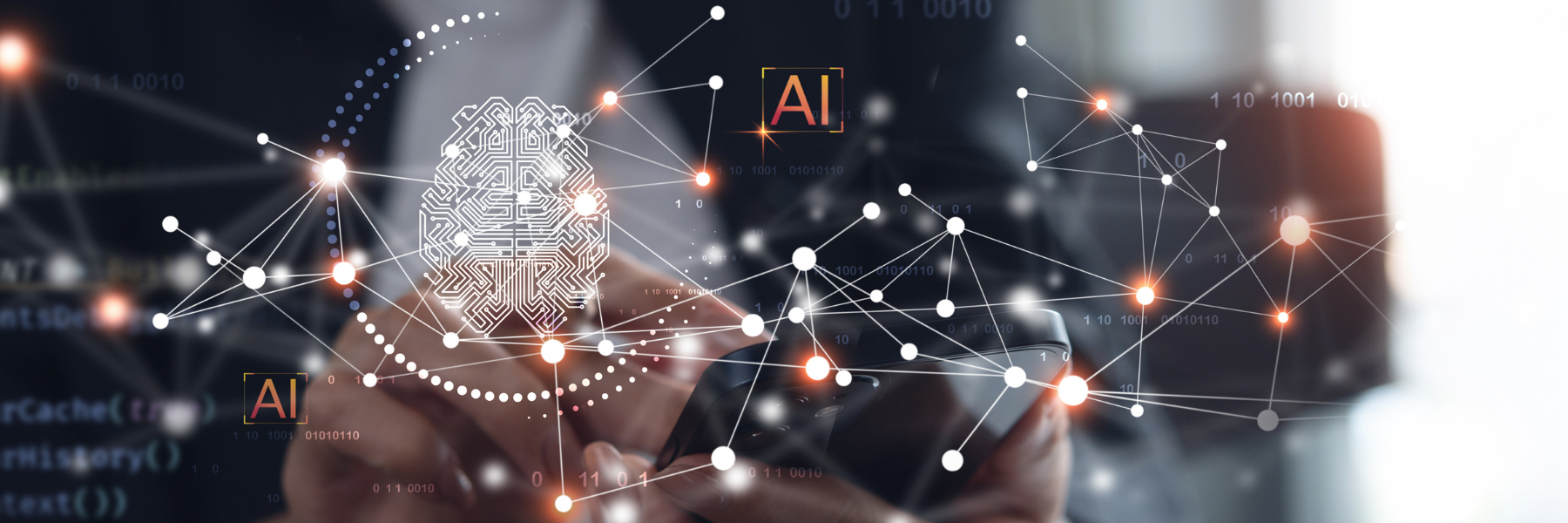In today’s evolving philanthropic landscape, predictive AI has emerged as one of the most powerful opportunities to provide both scale and focus in fundraising.
From predicting donor behavior to prioritizing outreach, from suggesting next-best-action to creating business simulations that align with a changing world, AI can transform how organizations build and sustain relationships with their supporters. At BWF, we are excited to continue to extend our legacy of innovation with a “yes, and” to our two decades of data science expertise. Transformational impact can be realized when you pair expert human insight with expert machine capabilities.
At its best, predictive AI for fundraising is not about replacing those who work in fundraising—it’s about amplifying them. Think of it as a strategic partnership: Humans bring emotional intelligence, business and domain knowledge, and creative drive; AI brings speed, scale, and pattern recognition that is impossible for even the most skilled data scientists to pace.
Here are three key reasons why predictive AI is most effective when it can amplify human expertise and design thinking:
1. The Human Factor in Modeling is Key
Predictive models are exceptional at identifying patterns—such as who is likely to give or upgrade, message preferences, or even naturally occurring audiences within our community. They cannot, however, always account for the why behind those patterns or understand data in a nuanced way. That’s where humans come into play. Fundraisers understand the nuance of donor intent, history, and institutional dynamics in a way algorithms simply can’t replicate.
For example, consider a model built for higher education with a large alumni constituency, where maybe only 15% of alumni give in any given year. Lack of data context and experience would likely include alumni as a strong variable with a negative impact (i.e., being an alumnus/a makes one far less likely to be a donor). As fundraisers, we recognize that while this may be a statistical reality, alumni remain the greatest potential source of support—context that never made it into the data. Without human oversight, these donors could be deprioritized by the algorithm, resulting in missed opportunities or incorrect classifications.
When expert humans review and interpret AI-driven insights, they add an essential layer of expertise, judgment, and course correction. Humans don’t just accept what the model says, they interrogate it, validate it, and make it actionable in ways that align with real-world donor behavior.
2. Machines Empower Humans to Work Smarter, Not Harder
One of the biggest benefits of AI in fundraising is the ability to scale personalization. Fundraisers are often juggling hundreds or thousands of prospects—and with limited time, it’s easy for even well-intentioned teams to focus on the loudest voices or the most visible names.
Predictive AI enables a shift from reactive to proactive outreach. It helps teams uncover potential by ranking and scoring prospects based on giving likelihood, capacity, affinity, and other data points. The result? Fundraisers can prioritize their portfolios with precision, spend more time building meaningful relationships, and avoid wasting energy on low-yield activities.
Even better, AI can continuously learn and refine itself as more data becomes available. When humans provide feedback—by confirming or challenging the model’s predictions—they help train the system to get smarter over time. This virtuous cycle of mutual learning makes both the human and the machine more effective with each interaction.
3. Ethical and Strategic Oversight Needs a Human Lens
AI doesn’t have a moral compass. It doesn’t understand institutional values, donor intent, or strategic nuance. That’s why human oversight is critical—not just to prevent bias or errors, but to ensure AI is being applied in a way that reflects your organization’s mission, tone, and long-term relationship goals.
Imagine a scenario where a model consistently favors high-capacity donors from certain zip codes while deprioritizing loyal mid-level donors from underrepresented communities. Without a human to notice and question those patterns, organizations risk reinforcing inequity, overlooking key supporters, and damaging trust. Fundraising is fundamentally about relationships, not just revenue. Human fundraisers have the empathy, experience, and values to ensure that data-driven decisions are aligned with both donor expectations and institutional integrity. They can ask questions like:
- Does this outreach strategy feel too transactional?
- Are we missing someone who’s emotionally invested in our mission?
- Is this model unintentionally narrowing our pipeline?
By acting as ethical stewards and strategic translators, humans ensure that AI remains a tool—not a replacement—for donor-centric fundraising.
It’s Not Human or AI—It’s Human and AI
The most effective fundraising teams of the future won’t be the ones with the most data or the flashiest tools. They’ll be the ones who know how to blend machine intelligence with human expertise to drive smarter decisions, deeper relationships, and more equitable outcomes.
Predictive AI can tell you where to look. Human fundraisers can tell you what to do once you get there.
By investing in both data science and team development, organizations can create a culture where AI doesn’t replace people, it elevates them. It frees fundraisers to focus on what they do best: listening, connecting, and inspiring generosity.
In the end, this blended approach doesn’t just lead to better fundraising outcomes. It leads to stronger relationships, more personalized experiences, and a fundraising program that’s truly ready for the future.




